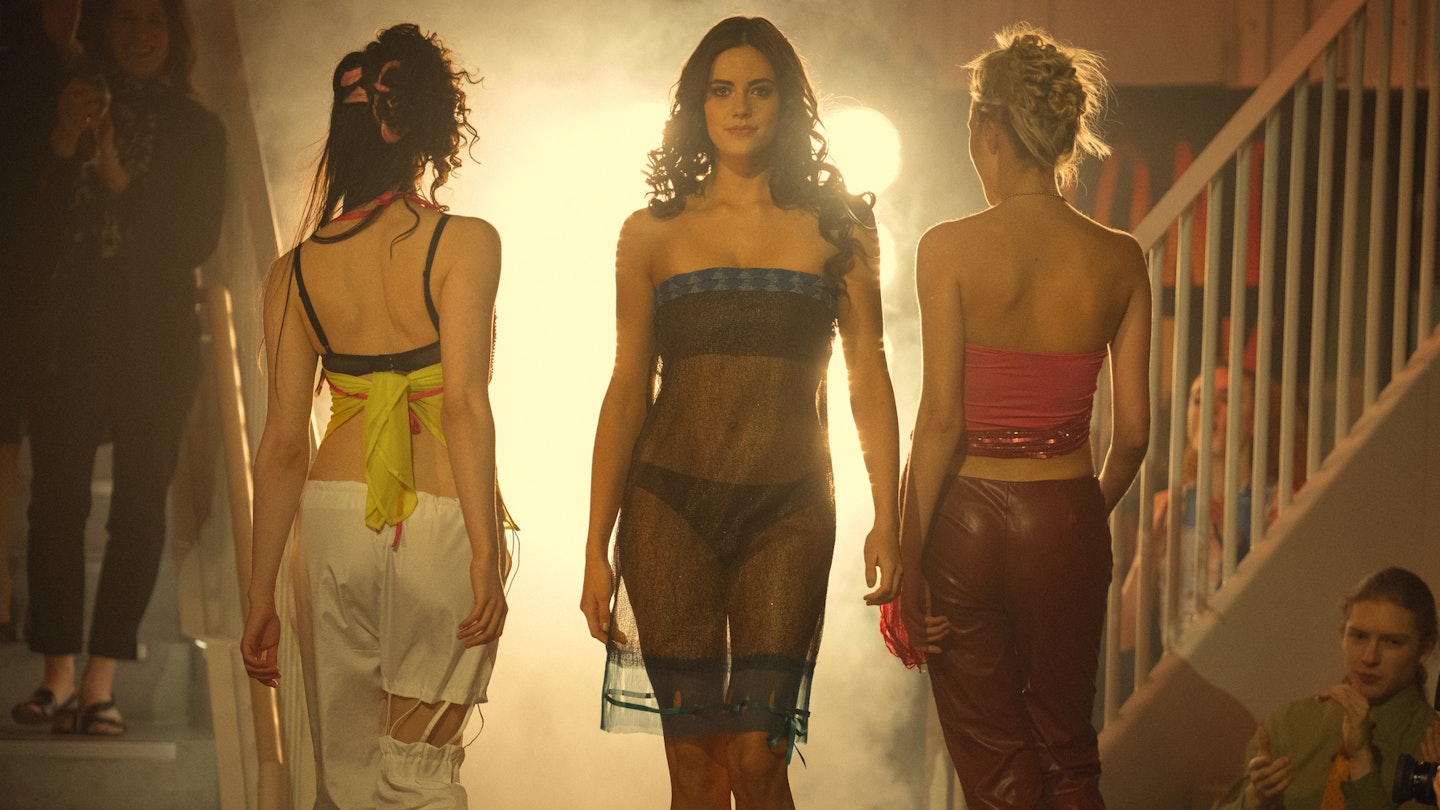Should you want proof of the Princess of Wales's evolving style confidence, consider her current fondness for caped dresses. November’s red-hot Catherine Walker to meet the President and First Lady of South Korea, or teal Safiyaa for the Royal Variety Performance, show a woman who is in control of her fashion narrative. Hers is a sleek ’n’ chic style that is so self-assured she looks as if she was born to do it.

So much so that it’s easy to forget that, well, she wasn’t (that is, if you adhere to the rigid rules of British society). Next April marks the 20th anniversary of the first published pictures of the then-Kate Middleton and Prince William together. ‘Finally... Wills gets a girl’ trilled The Sun with a picture of the young couple skiing
at Klosters.
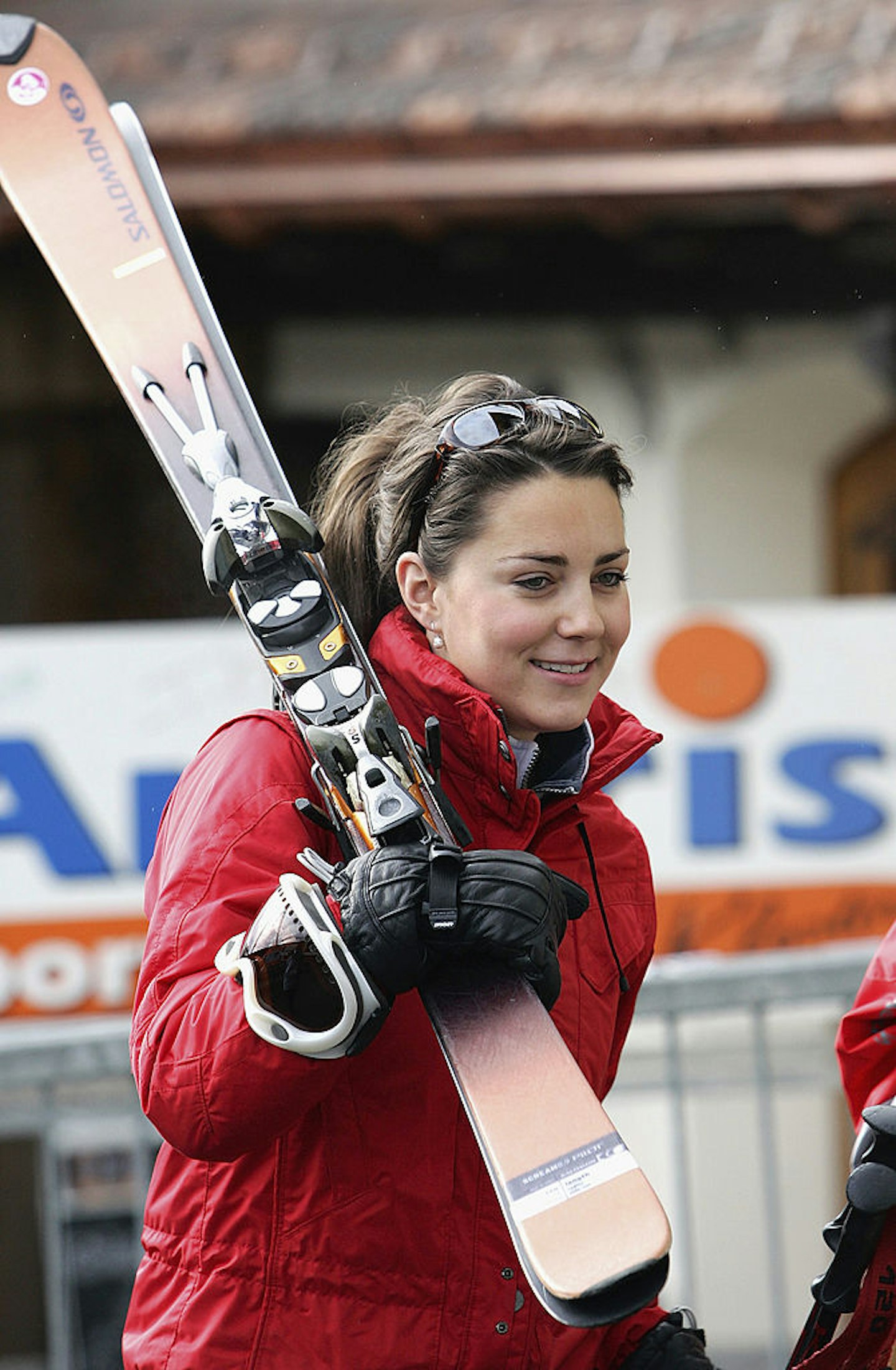
It is that Kate – the St Andrews student Kate, the pre-title not-world-famous-yet Kate – who takes centre stage in the final part of the final season of The Crown. And it was that Kate (played by Meg Bellamy) who costume designers Amy Roberts and Sidonie Roberts were tasked with interpreting for screen. The duo have masterminded The Crown’s vast wardrobes since season three, from the 1960s to early noughties, but Kate was a unique proposition, both challenging and liberating. Having been outfitting characters of whom millions of images exist, photos of private, pre-profile Middleton were harder to find. ‘I do think it’s interesting from a costume perspective because you’re catching Kate before she’s in the public domain,’ says Sidonie. ‘In a way it was quite refreshing because the fewer images we had allowed us to have more of a flight of imagination’.
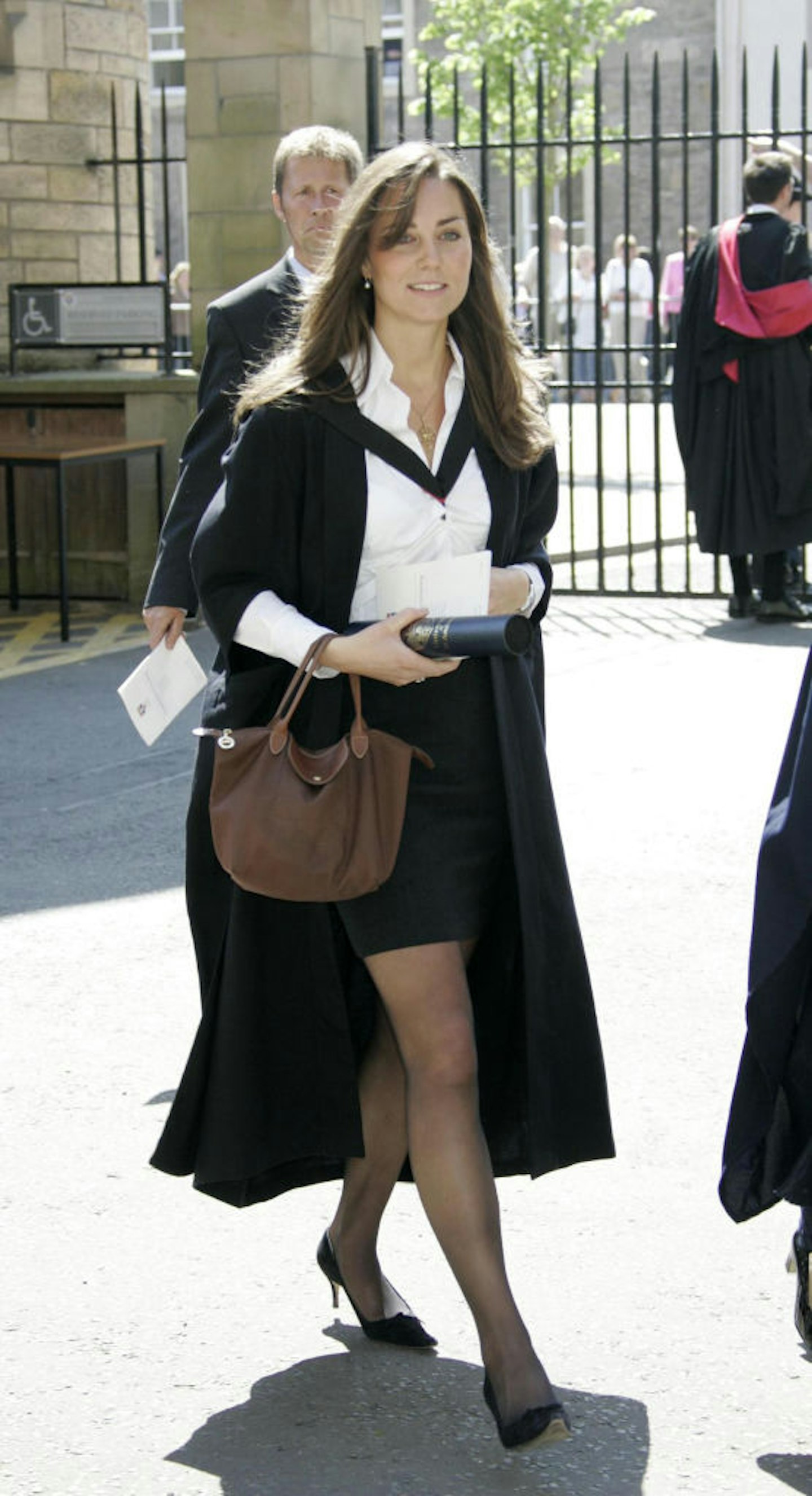
The early noughties time frame also posed a challenge. ‘We always call it no-man’s land. It’s a really odd decade for fashion,’ says Sidonie. Amy’s motto, ‘clothes not costume’, or realism over clichés, helped them nail the task. As did Sidonie’s first-hand experience of the time. ‘You have to get a sense of who that girl was and then remember the girls at my school who dressed like that, the nuances you know because you’ve lived them,’ she says.
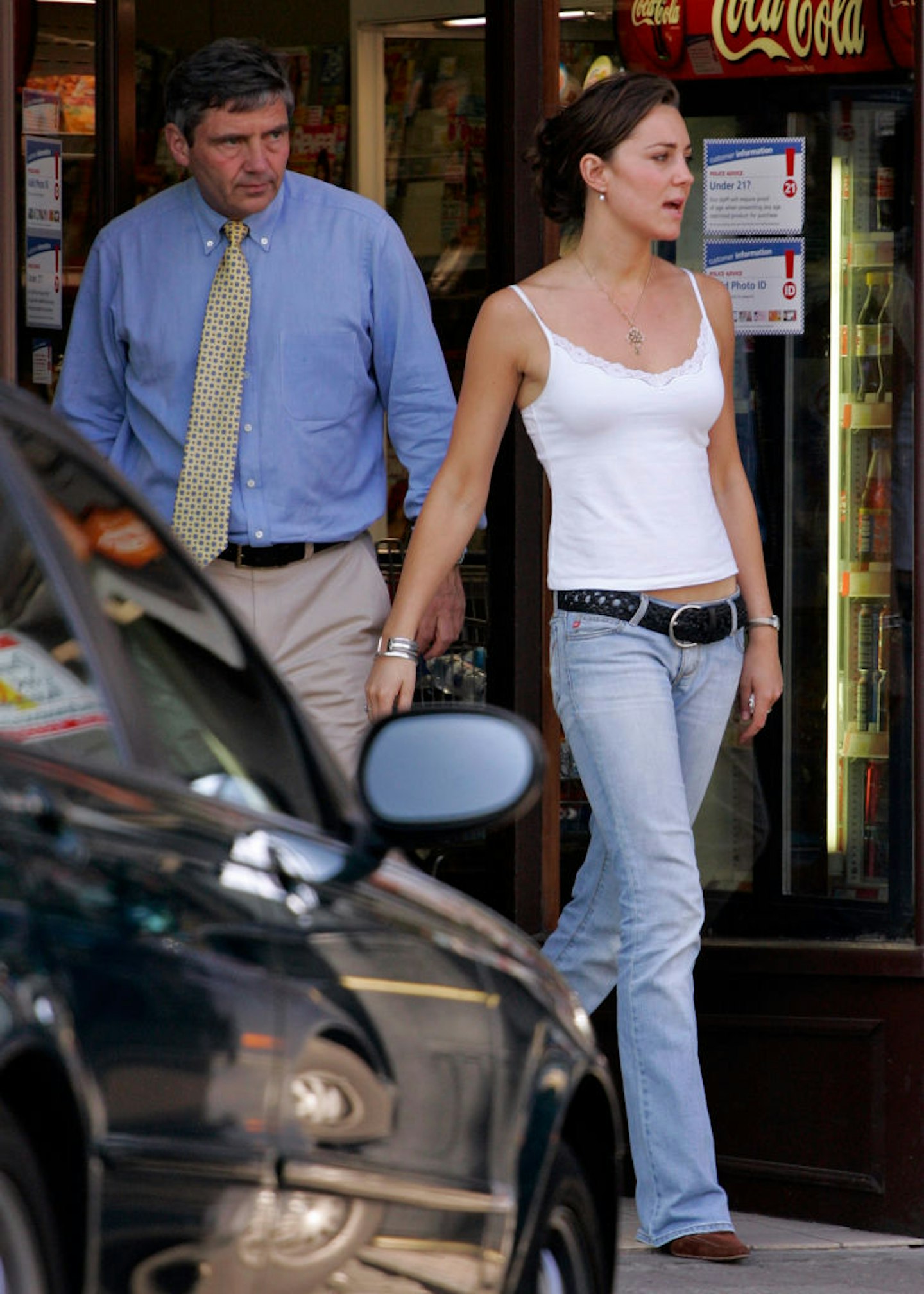
It’s the specificities and detail that will make the Kate looks feel familiar – uncomfortably so for many of us. ‘So much of Kate’s silhouette is in those boot-cut jeans!’ laughs Sidonie, who regularly found herself trawling eBay until 3am. ‘I felt like I did when I was 15 again,’ she says. A thrift shop in Majorca – ‘like stepping into 2003’ – also proved a lucky find. About 50% of the Kate looks, and some of her mother Carole’s, were sourced there. Many pieces were tried on both. ‘We felt like they were that kind of relationship where [Carole would] borrow Kate’s quilted gilet if she wants to look a bit younger’.
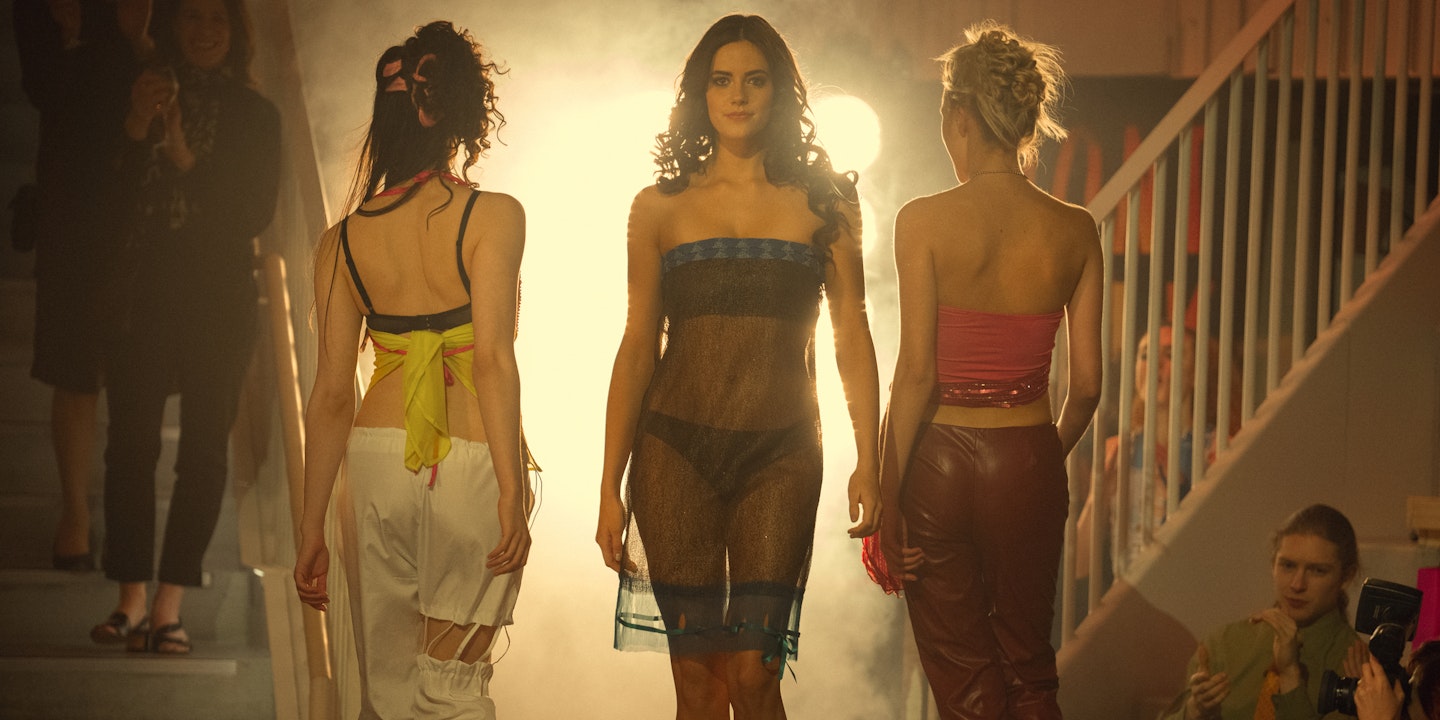
The Crown’s final fashion hurrah is oddly pertinent. It chimes with a bigger trend – or perhaps better to call it an anti-trend – for the normy noughties look. Sheer student fashion show dress aside (which, side note, is incidentally very 2023 party season), this is not the Gen Z-take on Y2K that has dominated the fashion landscape recently. The closest most of us really got to low-slung velour trackies and butterfly bras was MTV.
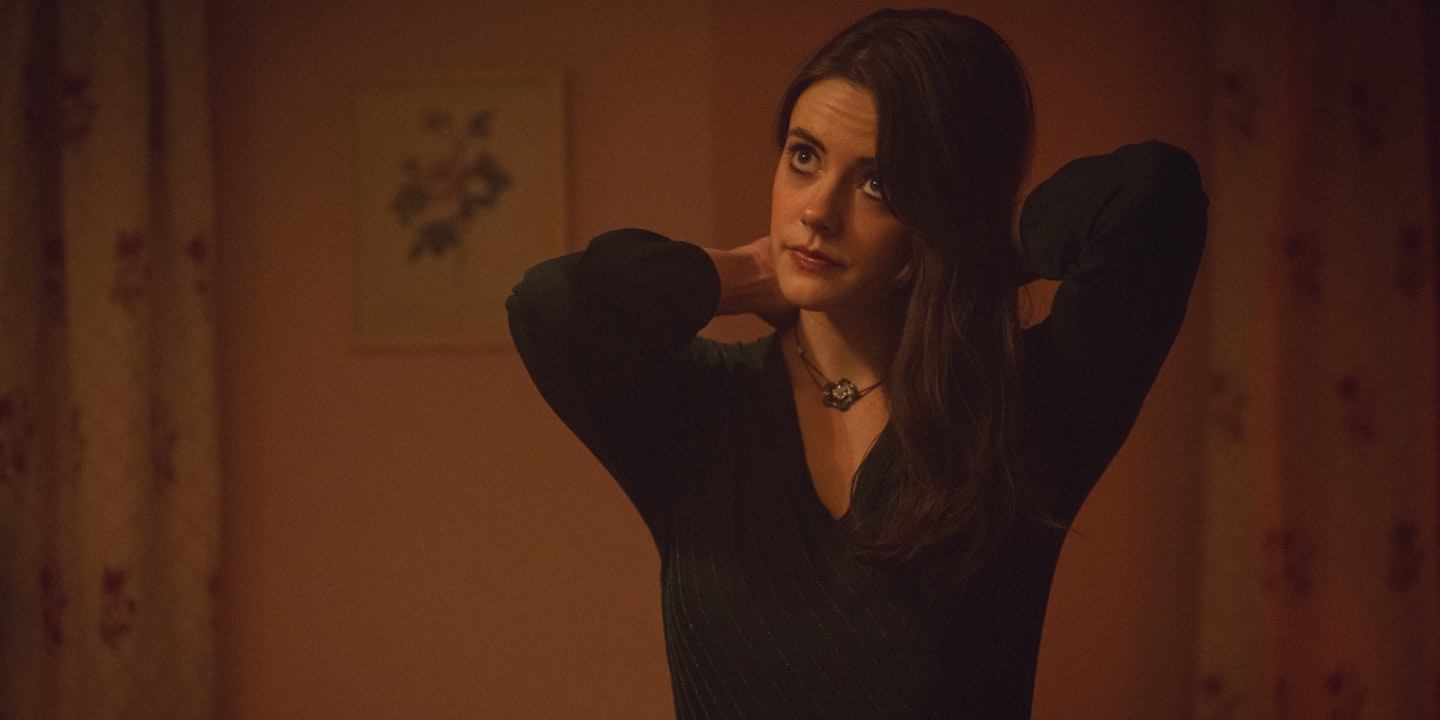
Kate’s look is probably a bit more Berkshire aristo-in-waiting than we actually wore, but nevertheless the normy noughties look is enjoying a stealth revival at the moment. See jeans tucked into boots, dresses over trousers, big handbags, Uggs, Burberry check, puffers, absolutely pointless skinny scarves. These were clothes born from a strange early-internet, pre-social media, celeb mag heyday hinterland.
To see Kate pre-princess, albeit a fictional interpretation, is a reminder that although hers is not a rags-to-riches story – it is an unlikely one. In the relatability we were reminded that she was once (almost, nearly!) one of us. As Amy puts it, ‘I think it’s interesting for the viewers to see this young girl and to work out for themselves what’s happened to her since’.
